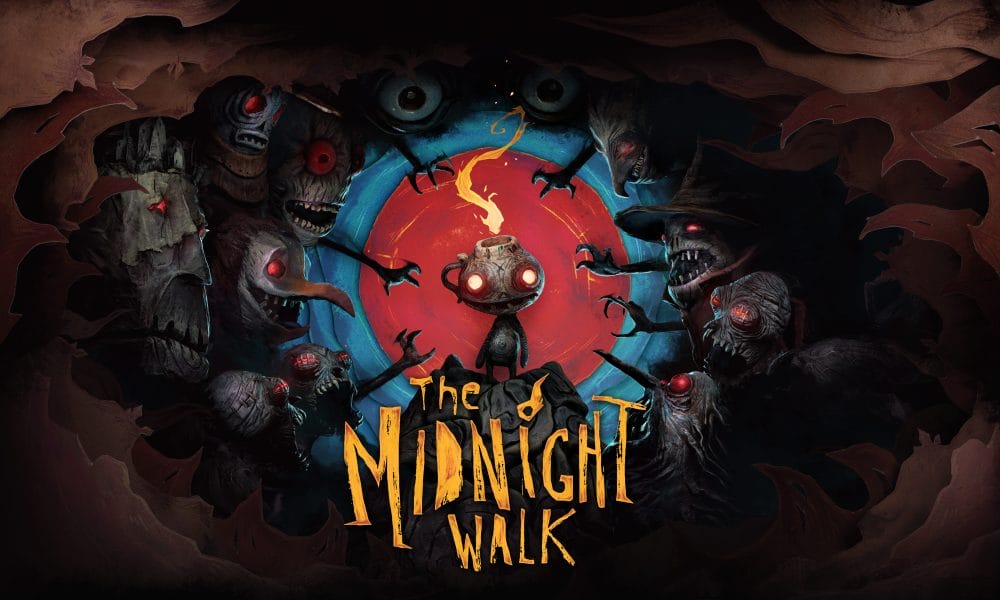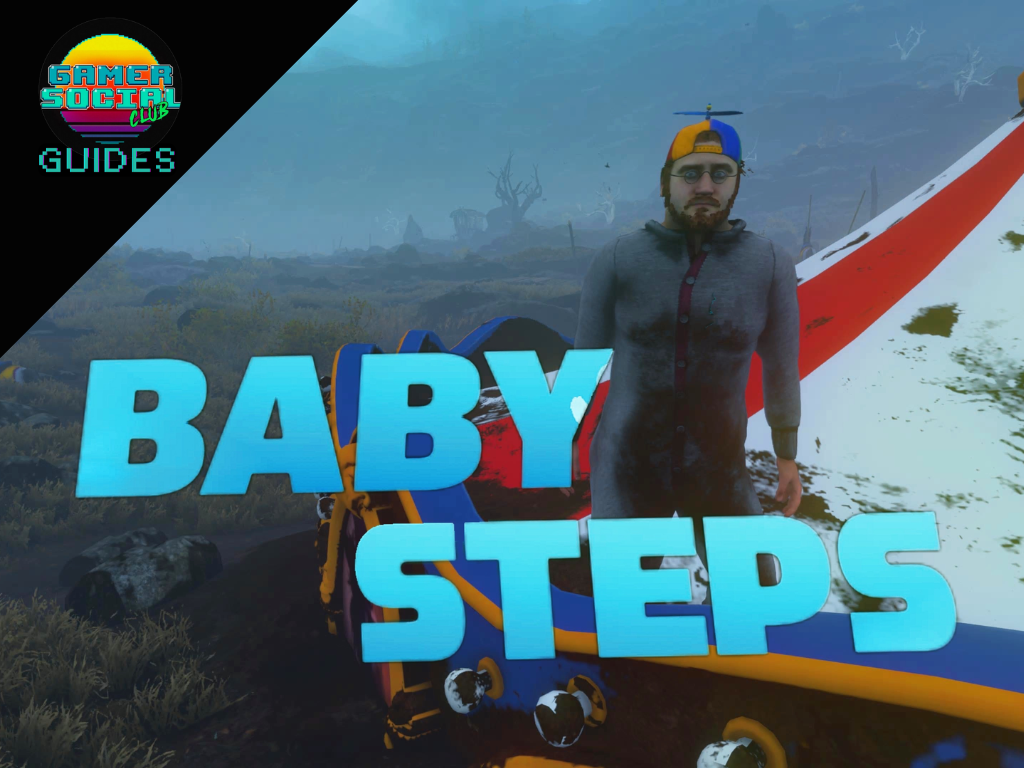Introduction
It's often said that finishing a game is a miracle in itself. The journey is long and arduous, many don’t make it to their destination and are lost along the way. But this is not the case with The Midnight Walk, which goes several steps further. Not content with simply delivering a compelling experience, MoonHood, the team behind Lost in Random, Fe, and Ghost Giant, sculpted every character, creature, and backdrop out of real clay, then painstakingly animated it all by hand. The result is a game that feels eerily tactile and deeply personal"”an unsettling dream rendered in stop-motion.
This The Midnight Walk review looks at a stealthy, story-driven horror game that blends craftsmanship and creativity with a surprising, self-aware narrative. While some of its themes remain a little murky and a few mechanics feel underdeveloped, the emotional and artistic core burns brightly.
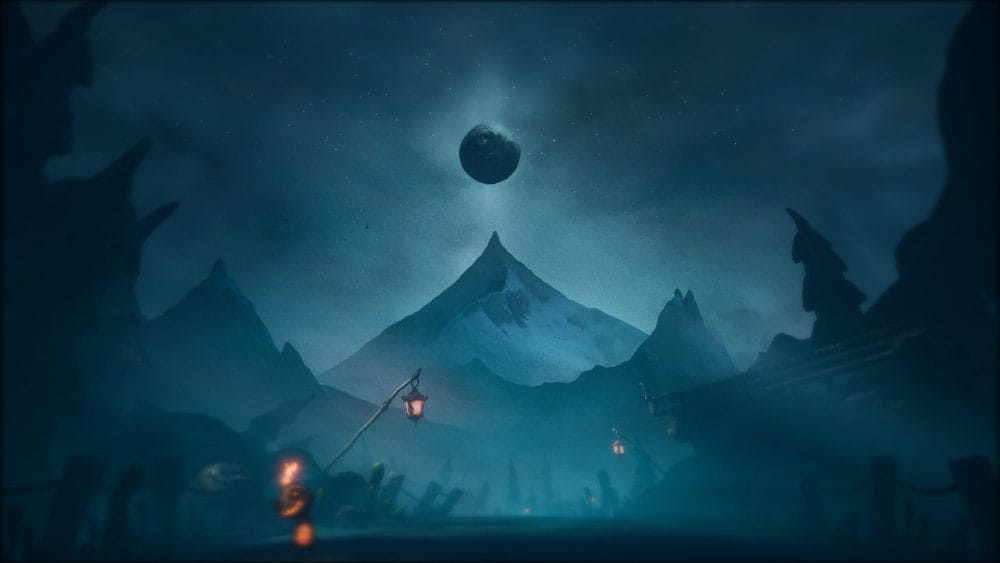
Premise
The Midnight Walk casts you as the Burnt One, a fragile figure bearing the scars of some unspoken past. You're not alone on this pilgrimage, though; you travel with Potboy, a tiny creature with a flickering flame in his head, whose light is both a comfort and a tool, and a walking house called… Housy.
The journey is structured across six loosely connected chapters, fragmented fables that gradually piece together a larger, more mysterious whole. The game offers no exposition-heavy cutscenes or direct answers. Instead, meaning is implied, half-hidden in environmental clues and cryptic dialogue, creating a world that feels ancient, broken, and forgotten.
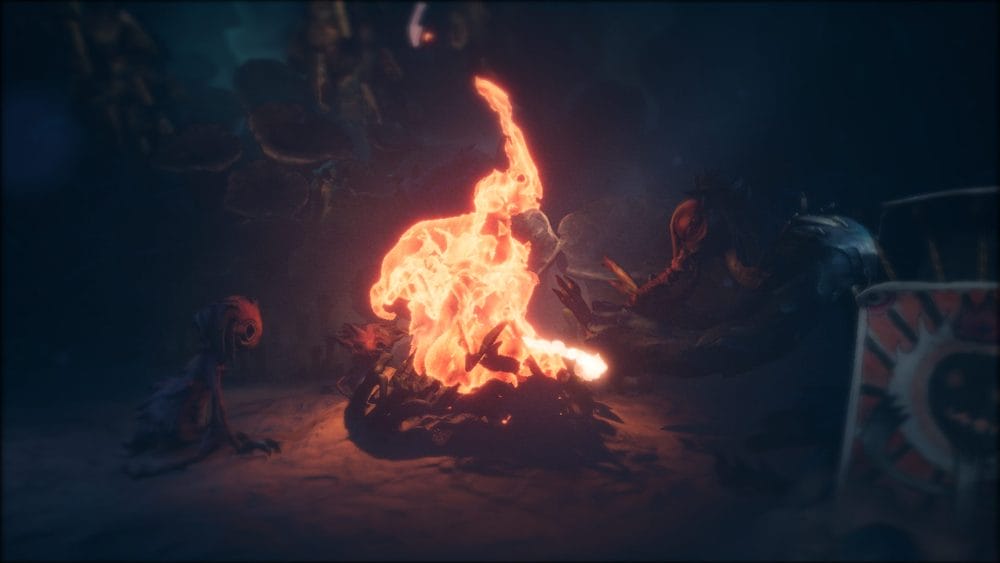
World lore is also tucked into optional collectibles scattered throughout the game that can be viewed in Housy, some of which provide subtle but satisfying context for mechanics you've already encountered. One collectible, for example, sheds light on why you emerge from a coffin after being caught by an enemy, a clever touch that grounds the game's respawn system in its own mythology.
It's a kind of storytelling that rewards attention and patience, inviting players to interpret rather than consume. And while some of the thematic threads don't fully cohere by the end, the world itself is so compellingly realized that it hardly matters. This realm feels hand-carved and haunted, like folklore etched into stone and left to weather in the dark.
Gameplay
The Midnight Walk balances its identity between a stealth game and a meditative walking sim, without ever losing its Horror vibes. The act of travelling"”the titular Walk"”is treated with reverence, mystery, and a sense of quiet ritual. Progression is often slow and deliberate, not just because of the danger that lurks in the shadows, but because the game wants you to feel the weight of each step. This isn't about rushing to the end, it's about experiencing the journey.

Stealth plays a central role, but it's woven into a rhythm that emphasizes observation over mastery. There's no combat. Avoiding threats means staying hidden in wardrobes or behind cover, timing your movement, and occasionally relying on your companion, Potboy, for help. While he can illuminate areas passively, Potboy can be directed to interact with the environment, lighting candles, heating furnaces, or activating ancient mechanisms. His flame is a tool, a trigger, and a risk all at once. Using him wisely means deciding when to bring light into the darkness, and when to let the dark swallow you whole.
Occasionally, the game introduces puzzles, most of them light and intuitive, acting more as pacing breaks than true brain-teasers. A few mechanics, like a Matchstick Launcher that lets you light out-of-reach candles, or feeding Potboy lumps of coal, hint at deeper possibilities but aren't always pushed as far as they could be. There's a sense that the game is bursting with creative ideas, but sometimes holds back, leaving systems underutilized just as they start to get interesting.
Still, there's an elegance to the restraint. The mechanics serve the world rather than overshadow it. Even death and respawning are embedded into the setting, with the Burnt One stepping from a coffin each time you’re caught and devoured, reinforcing the game’s worldbuilding. Whether you play on a flat screen or in VR, The Midnight Walk delivers a consistent and immersive experience, though the tactile intimacy of VR may heighten the game's creepier moments.

Art And Visuals
If there's one area where The Midnight Walk truly excels, it's in its art direction. The entire game world has been sculpted from real clay and brought to life with stop-motion animation, a technique that could have easily felt gimmicky or cumbersome in less careful hands. Here, it's nothing short of mesmerizing.
Each environment feels like a strange diorama, dense with texture and intentional imperfection. Forests bristle with spindly trees and twisted roots, a papercraft moon and stars hang in the sky, and distant structures loom like forgotten relics. The level of imagination in these spaces is remarkable, creating a world that feels ancient, surreal, and handcrafted in every sense of the word. Candle Valley, a location you visit towards the end of the game, truly encapsulates so much of The Midnight Walk’s atmosphere; beautifully unnerving.

What truly elevates it, though, is how the animation style enhances the emotional tone of the game. The slight jerkiness of the stop-motion, a natural result of the medium, is used to striking effect. Characters and creatures move with an uncanny rhythm that can swing from endearing to deeply unsettling in a matter of frames. Friendly NPCs twitch with warmth and fragility, while the game's many monsters shuffle, slither, and snap in ways that feel alien and wrong. That tension between charm and horror gives the visuals a constant edge and helps define the world as one that is both magical and dangerous.
One of the most visually striking characters, and my personal favorite, is Moonbird"”an avian humanoid with a permanent, toothy grin who seems to float above you like a more sinister Cheshire Cat. Always viewed from below, Moonbird exudes a knowing presence, clearly aware of more than they're willing to share. A standout sequence sees them shifting in scale and slipping in and out of the shadows, growing unnervingly large before vanishing again. It's a brilliant piece of design, reinforcing both their mystery and their disconcerting charisma.

Despite the handcrafted visuals and the intricacies of stop-motion, the game performs surprisingly smoothly. It's an incredible technical achievement, but more importantly, it's an artistic one; visual storytelling at its most tactile and expressive.
Sound and Audio Design
From the moment the game begins, there's a hum of tension beneath every footstep, every creaking tree, every distant hiss in the dark. Much like the visuals, the audio design strikes a delicate balance between wonder and dread. I found myself nervously glancing whenever I heard something off to the side, the surround sound fully enveloping me in the game’s world.
The soundscape is richly textured, often leaning into quiet minimalism. Silence isn't empty here, it's ominous. You're constantly aware of how exposed you are by how little you hear. When sound does emerge, it's either a comfort or a warning. Potboy's soft crackle of flame becomes a familiar, almost soothing presence, while enemy noises"”wet, guttural, and irregular"”keep you second-guessing every corner.
The game's score is sparse but memorable. Melancholic themes drift in and out like echoes from a forgotten lullaby, occasionally swelling in moments of awe or heartbreak. But it never overwhelms. Instead, music is used with restraint, reinforcing emotion without prescribing it.

Voice work is similarly understated, with only the deep, croaky tones of the game’s narrator featuring regularly. Dialogue is often cryptic or symbolic, delivered in hushed tones or strange cadences that suit the dreamlike tone of the world. Even characters who speak in more familiar terms tend to feel one step removed from reality, like figures in a fable, more felt than fully understood.
It all adds up to a soundscape that's immersive, haunting, and inseparable from the experience. The audio doesn't just complement the visuals"”it completes them.
Themes
Beneath its eerie charm and slow-burn tension, The Midnight Walk is a game deeply concerned with creation, impermanence, and the nature of stories themselves. While each chapter presents its own self-contained tale, there's a larger meta-narrative unfolding just under the surface"”one that gradually pulls back the curtain on the world's origins, its construction, and its creators.
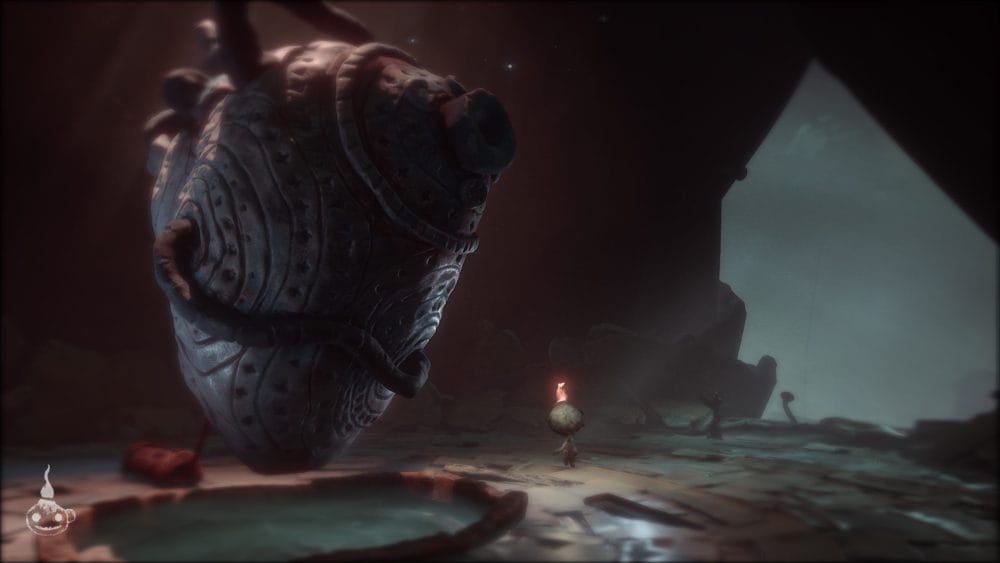
It's not just that the characters are made of clay"”it's that they know they are. Throughout your journey, you encounter beings who speak openly of being sculpted, of living atop a great worktable, and of a Creator who shaped the world and left behind tools and fragments. It's a bold, fourth-wall-adjacent concept that doesn't just gesture at game development, but fully incorporates it into the story. The world is aware of its artifice, and that awareness becomes a source of melancholy, awe, and even resistance.
This meta element is one of the game's most rewarding narrative choices. Rather than undermining immersion, it deepens it, making you reflect not only on the game itself, but on the act of playing, making, and interpreting art. It positions The Midnight Walk as not just a story to follow, but a creation to witness"”fragile, deliberate, and temporary.
The ending, true to form, is ambiguous. It doesn't offer tidy closure, but it doesn't feel incomplete either. Instead, it leaves you with a sense of quiet reflection, as if the Walk itself was the real destination. That lack of finality might frustrate some, but it feels entirely by design, consistent with the game's themes of impermanence and interpretation.
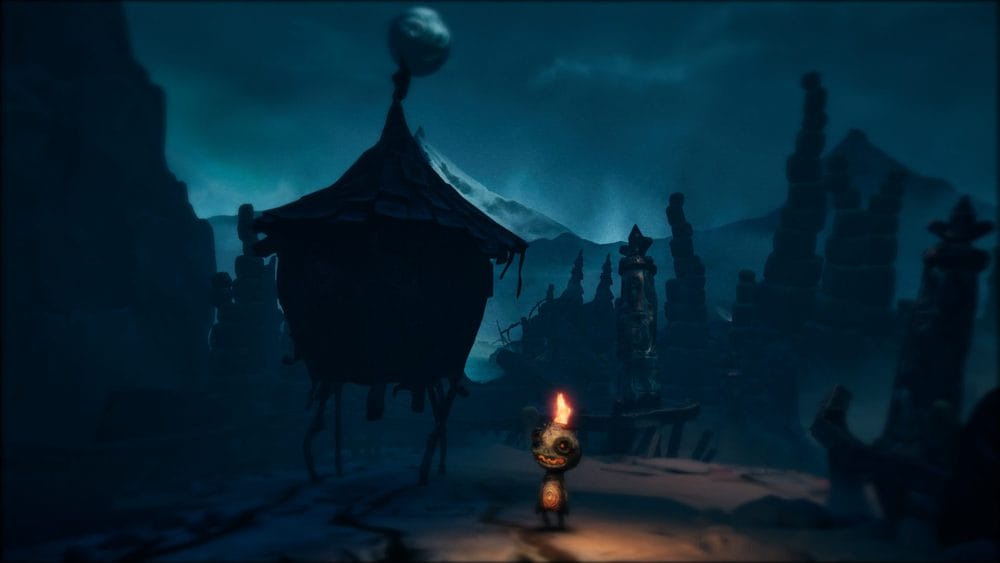
Conclusion
The Midnight Walk is a rare kind of experience"”one that feels deeply personal, both in how it's made and how it plays. Its imperfections are part of its texture: a few underdeveloped mechanics, some narrative murkiness, and an ending that may leave players with more questions than answers. But those are small shadows in a game defined by light.
What makes this journey so special isn't any single twist or set piece"”it's the walk itself. The slow steps through clay-crafted landscapes, the flicker of Potboy's flame in the dark, the whispered admissions of characters who know they were shaped by unseen hands. It's about presence, tone, and meaning layered into every frame, every stumble, every pause.

The Midnight Walk is available on PC(Steam), PlayStation 5, and PSVR.
The game was reviewed on PC(Steam).
A code was provided by the developers for this review.
The Midnight Walk Guides
- The Midnight Walk Chapter One Collectibles Guide
- The Midnight Walk Chapter Two Collectibles Guide
- The Midnight Walk Chapter Three Collectibles Guide
- The Midnight Walk Chapter Four Collectibles Guide
- The Midnight Walk Chapter Five Collectibles Guide
- The Midnight Walk Chapter Six Collectibles Guide
- The Midnight Walk “Shadow Work” Trophy Guide
- The Midnight Walk “Home Is Where The Heart Is” Trophy Guide
- The Midnight Walk “Mind Over Body” Trophy Guide
- The Midnight Walk “Face Your Fears” Trophy Guide

